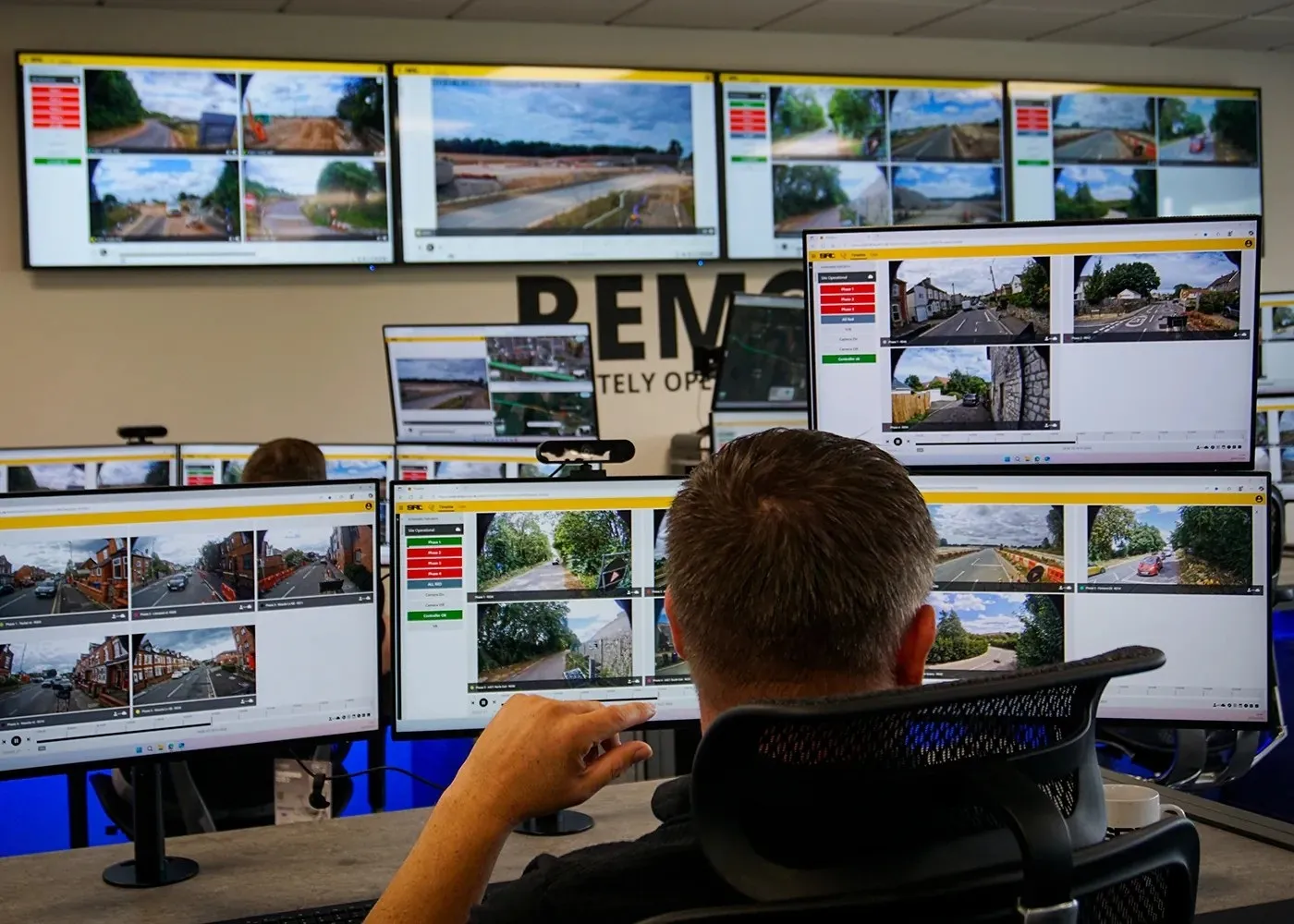
The latest product in its universal medium range radar (UMRR) range enables advance detection up to 300 metres for cars, and an even higher range for trucks.
Like all smartmicro UMMR sensors, the sensor s able to detect and track individual vehicles in its field of view, simultaneously determining position and speed plus additional information about each vehicle, which is tracked from the time it enters the beam until it leaves the field of view, providing valuable data for advance and dilemma zone approaches, and precise individual object speed information and changes in vehicle speed.
Event trigger module (ETM) software emits trigger signals based on per vehicle presence, speed and expected time of arrival (ETA), with remote internet access, allowing real time traffic data to be streamed over wired internet connection or mobile wireless 3G network.









